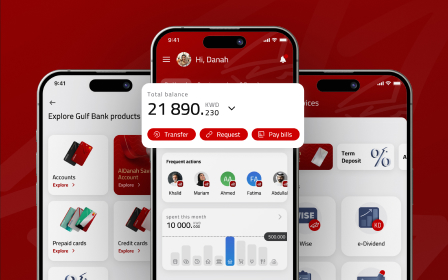How to create UX personas
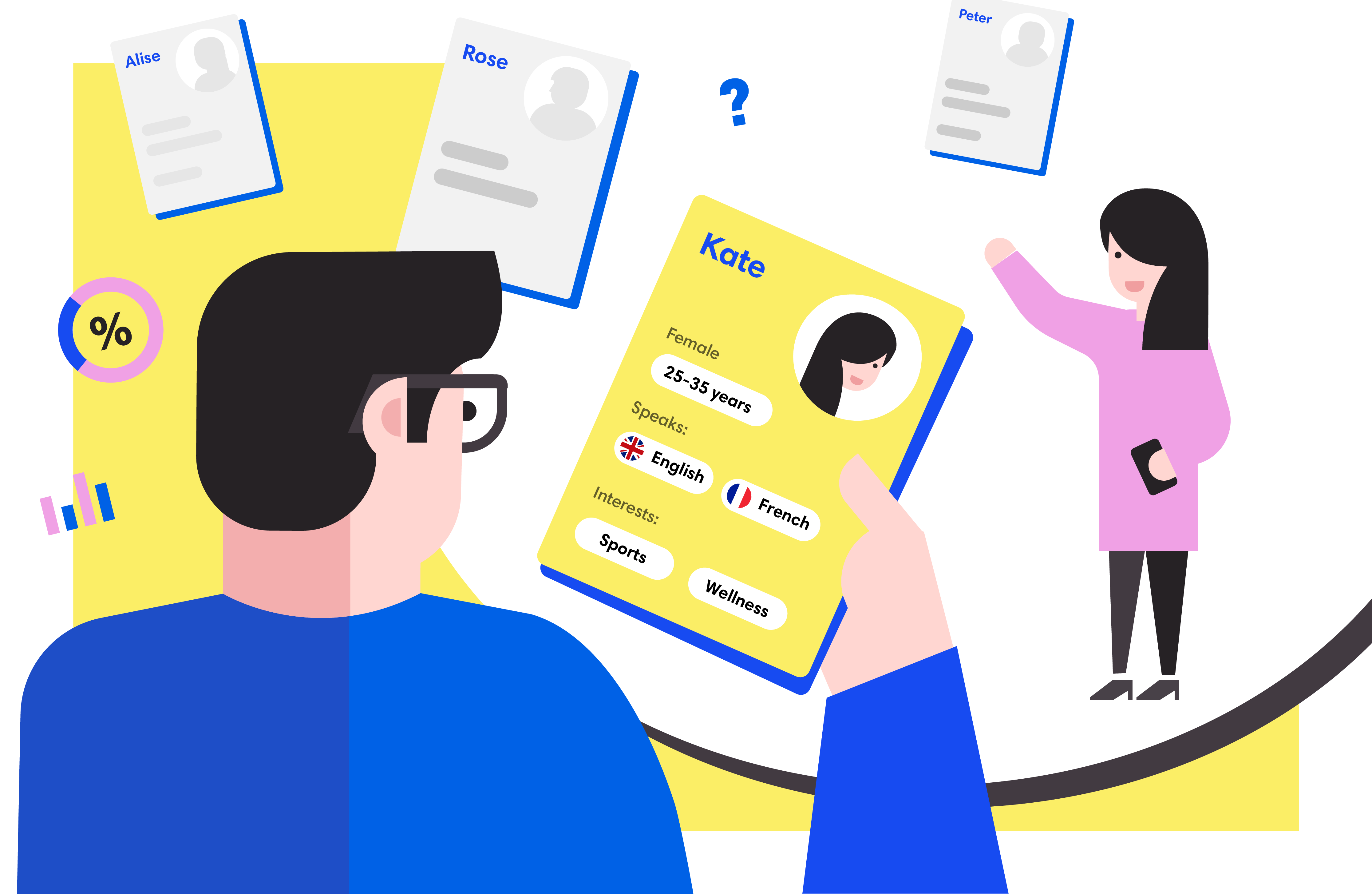
Table of Contents
Creating a UX persona is only one of the ways UX design company can collect data and focus on what’s the important target audience. Over 70% of developers are using this technique in their work. If you’d like to join them, we’ve prepared a closer look at what exactly the UX persona is and how you should approach it.
What Is a UX Persona?
A persona illustrates your typical customer. It includes a number of qualities you need to focus on in order to deliver the best product you can.
There actually are two types of personas out there: marketing and UX ones. You can probably already guess the difference between the two from their names. One is focused on gathering info on the customers’ preferences in purchases, their social circles, consuming habits, etc. The other concentrates on the clients’ habits, needs and intentions when it comes to your product.
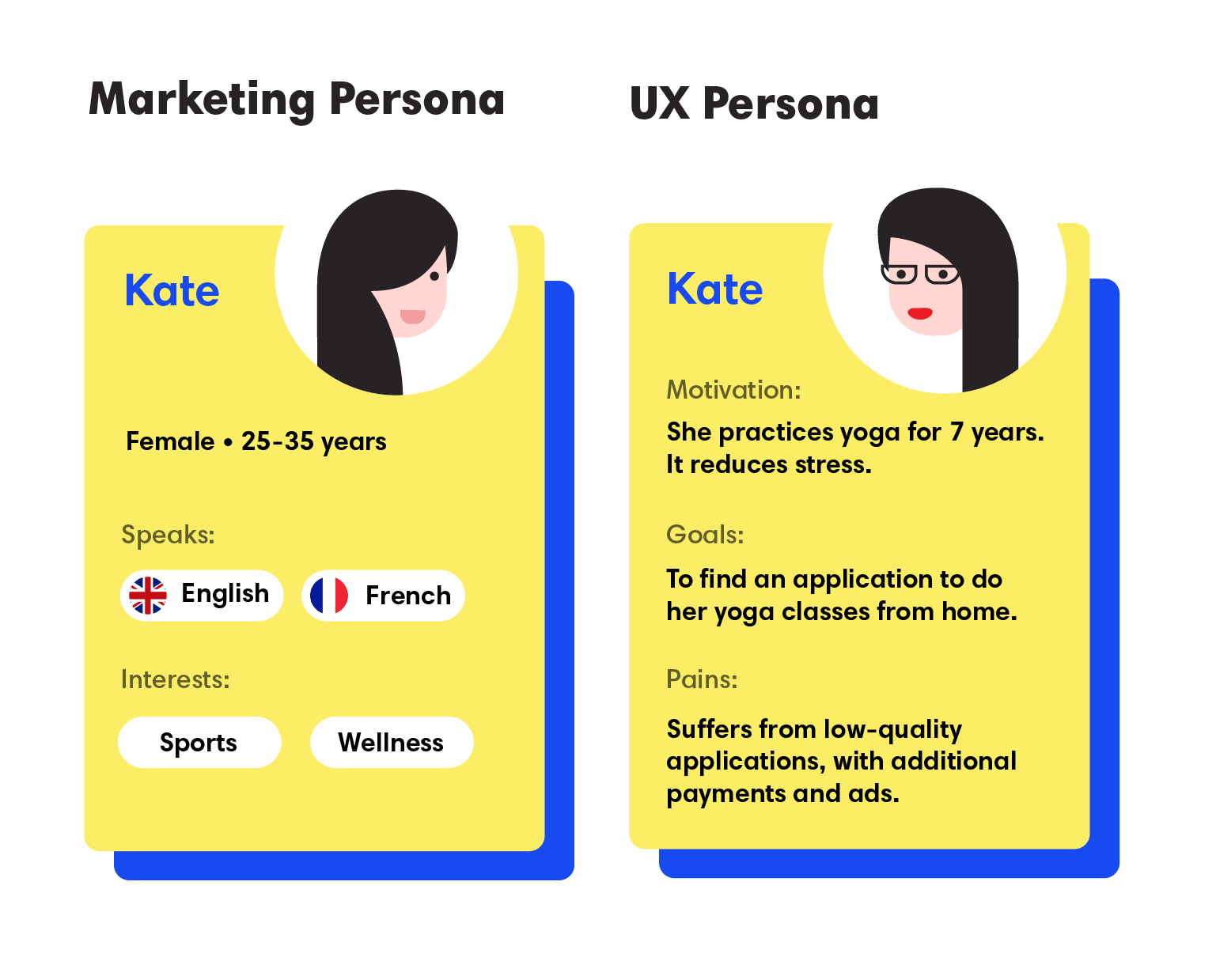
Overall, a good persona helps the developer to understand the consumer and to concentrate on the most important features of the product they put out. It is not that easy to create, as it requires a thorough analysis of a lot of information. Moreover, getting this information is an arduous task in and of itself. So, before we get to the point and discuss how you can achieve it, let’s take a deeper look at what impact personas have during the designing process.
Role of UX Personas in UX Design
UX design is often a long and complicated process. It’s especially the case when your team develops a unique application or a website that doesn’t have direct competitors. Whether it’s your case or not, you still need to know your target audience if you want to ensure you have the best UX design possible.
So, how do UX personas help you during the development process? Well, there is a number of ways:
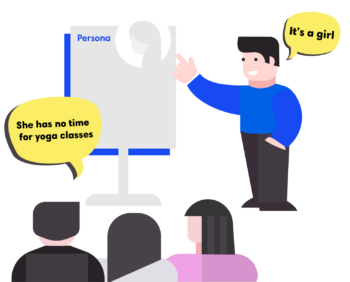
- You get a clear-cut vision of the final goal – while you might’ve had a general idea of what your creation would look like, with the help of UX personas you can determine specific features you have to concentrate on;
- Expand your vision to your whole team – having a customer to focus on can help every part of your squad to better understand their job and to communicate about the tasks they have much easier. Empathy is key for better production and better management;
- Predict the user’s needs – even if you don’t have definitive information on what your potential customer wants from your product, in lots of cases you can extrapolate that from the info you already have. And there is no easier way to do this than by creating a personality and putting yourself in the shoes of this character you’ve created.
Benefits of UX Personas
As we’ve already mentioned, UX personas are only one of the methods to analyze and present the information you’ve got from user surveys. So, is there something that makes this method better than any others? As a matter of fact, there are a couple of reasons why you should choose this approach. Here are just a couple of them:
1. It Contains Both Quantitative and Qualitative Types of Research
Although generally, a persona doesn’t contain any exact statistics, the qualities are determined through a thorough analysis of precise data. This makes the UX persona a result of both quantitative analyses of the opinion of the majority and qualitative reasoning of the connections between each user.
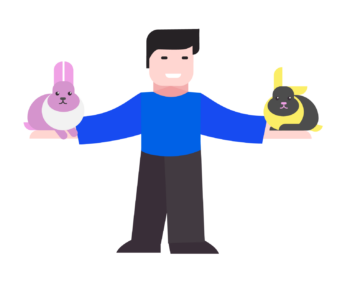
2. It Is Both Cheap and Effective
Most of the time, the only resources you need to put into the character creation are your time and effort. You could definitely find users that would gladly help you with that for free, just to make sure that the end result is not disappointing. Unlike card sorting (which is cheap, but not that effective) or expert testing (effective, but not necessarily cheap), this method strikes a perfect balance.
| Method | Cheap | Effective |
|---|---|---|
| Card Sorting | + | |
| Expert Testing | + | |
| Eye Tracking | + | |
| UX Personas | + | + |
3. It Can Be Paired with Any Other Method
If you use a UX persona, it doesn’t mean that you can’t (or, for that matter, shouldn’t) expose your product to usability testing. This concerns any other type of approach that could improve the UX. While concentrating on a single task is not a bad thing, you should do everything you can to make sure your project is as good as it can be.
How to Create UX Personas?
Now that we’ve determined why you should put your time and money into this, we need to discuss how to create UX personas. The process is complex and might require you to gather and handle a lot of data. Here’s what you need to do to make this task less challenging and to get the UX persona character that represents your users the best.
1. Take a Closer Look at the Personal Data

The first step you have to make before you create a persona is to gather the data on your target audience. The best course of action would be to interview 10-20 people with different backgrounds, social status, age, etc. You can interview a person face-to-face or through the video chat, but don’t make it too impersonal by sending out questionnaires to people’s emails.
If this seems too time-consuming for you, there are some alternative methods you can try out. One such method that’s recently been gaining popularity consists of creating a group video chat with users you’re interested in and giving them a topic of conversation. This way you might get each of their opinions on the subject, while you won’t have to spend time on separate interviews. Plus, people will feel safer and more honest among peers.
The next question you might have is “What should I ask?”. That’s a tricky point, as the info you need depends on what your product is. However, each list of questions should undoubtedly include:
- General questions (age, gender, occupation, education, salary, hobbies, etc.);
- Questions about their aspirations and wishes;
- If your product is related to their occupation – questions about the place they work at, how much time they spend in front of a computer or other device, etc.;
- Ask them to provide some personal info they could easily be recognized by – like a catchphrase or a habit.
2. Identify Patterns

Usually, this step requires more attention to detail, intuition and creativity than all the others. Not only do you need to find the similarities in the answers, but you also have to highlight the ones that your product can help with.
Start your analysis by identifying the most obvious connections. Based on the similarities, you can “unite” different users and create different user groups. In the end, you’ll be able to assign a personality to each user group.
However, you shouldn’t forget about the small details each person may have provided you. Using the small similarities or differences, you may choose to connect bigger groups or, vice versa, break a group into a couple of smaller ones. You might even have to divide a person into a couple of personas – such an approach can lead to more detailed characters.
The more time you spend looking at the data, the more accurate your personalities will be. So don’t worry if your groups will need corrections – not every pattern can be seen right from the start. However, with enough practice, you’ll be able to identify the connections more precisely and effectively.
3. How to Create a Persona
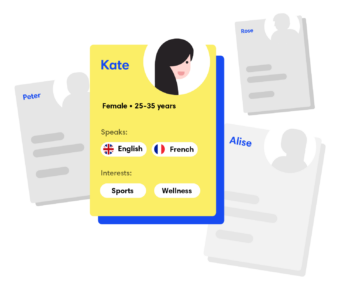
You can use stereotypes to your advantage. For example, use pictures of people with glasses to insinuate that your character has advanced education. However, make sure that the image truthfully represents your medium target user. You can even ask to use a photo of one of the users you’ve interviewed. Don’t forget to include background history for each persona to make them more believable.
Some developers divide the personas into many layers. For example, one of them is considered to be a primary target, while others play a secondary role. This is certainly a valid approach. However, secondary doesn’t mean unimportant – you shouldn’t completely discard such a character.
How many personas should you make for your designing process to be effective? There are many parameters that could impact this number. They include the characteristics of your target audience, your team’s expertise, the complexity of your project, etc. As a rule of thumb, don’t make more than 4 personas. It would only make things more crowded and confusing.
4. Share It
Now it’s time to introduce your user personas to your team. Make sure every one of your colleagues is familiar with each personality and their features. It may be problematic at first, but after some time everyone will be treating them as completely real people. Here’s how you can help during this transition period:

- Mention their names as often as possible – even though the people will know that the person you’re talking about isn’t real, their brain will tell them otherwise. This will make your coworkers more empathetic towards the character;
- Print out their profile and hang it somewhere on the forefront – seeing their face will further ensure the sympathetic attitude towards your characters. Don’t cross the line into making it annoying, but make sure that everybody can see it;
- Appeal to them during the discussion of new features – remind the developers to keep in mind who they work for. Most people would find it interesting and engaging to try and feel themselves in another person’s shoes. Ask them to imagine how the persona would react to this new feature, how often they would use it and if it’s worth it to implement it at all (and try imagining all this yourself!).
Overall, your responsibility is to make the character feel real. Although that’s a task, not every professional fiction writer is able to cope with. So, don’t get discouraged if your plan doesn’t come to fruition, just keep trying and make sure to empathize with your personalities yourself.
Final Thoughts
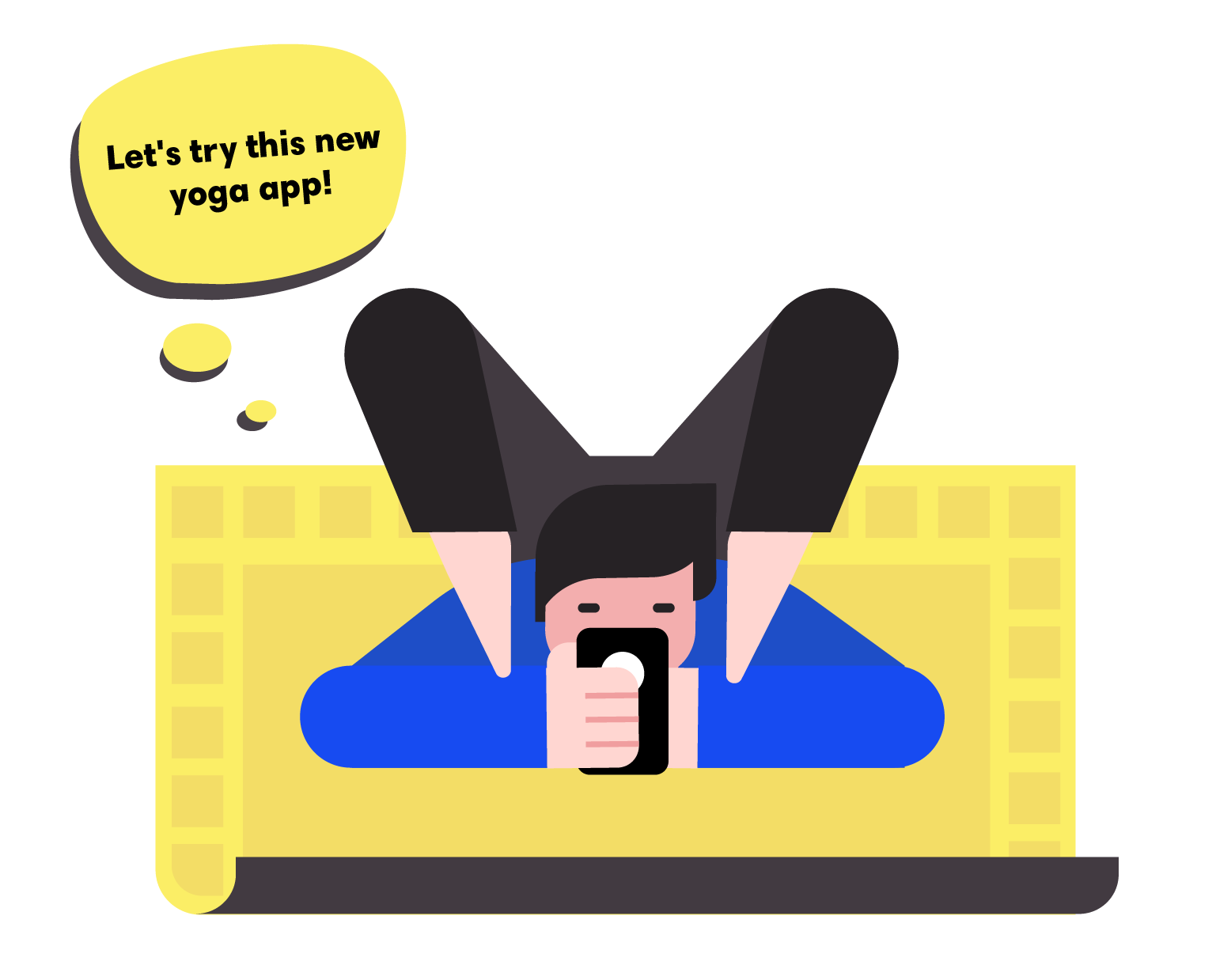
UX persona is one of the best methods of organizing and visualizing the data you get from your user base. Having one or more personas allows you and your team to better understand what your customer wants from your product, which features you need to focus on and whether your UX design is suitable for your most active user.
As we’ve discovered in this article, creating a character is not an easy task. It requires lots of time, information and resources. It is also hard to master if you don’t have any experience in the field. A positive result can be achieved only through hard work and dedication (but that’s true for anything, isn’t it?).
However, whether you want to make the job easier for your team or you want to demonstrate your investors the effectiveness of your approach, creating a UX persona will definitely help you. It can also be easily paired with other types of UX improvement approaches. So, start interviewing your target audience right now and prepare your project for awesome results!
